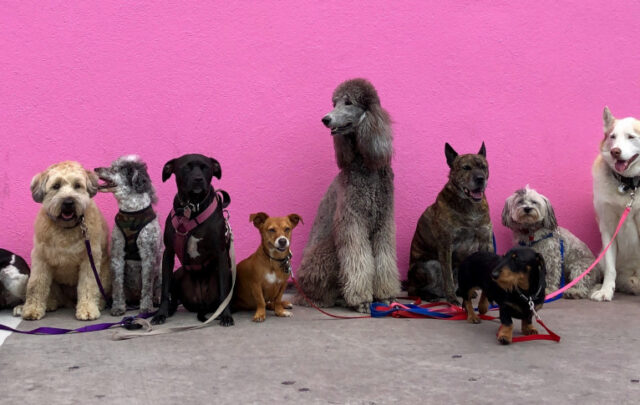I wrote this preface for a new book called Recoded City: Co-Creating Urban Futures by Thomas Ermacora and Lucy Bullivant.
I write these words outside the portakabin control room of Shambala, a summer festival in England. On the wall is the street plan of what looks like a mid-sized town. Fifteen thousand people have indeed filled a vast field with tents, yurts, sound stages, composting toilets, drinking water tanks, hot tubs, food vans, cellphone charging stations, yoga enclosures, a barber shop, a meadow filled with aromatherapists, cash vending machines in a caravan, and pagan circles around wood-burning stoves.
Surrounding Shambala’s downtown core is a densely-packed suburbia of tents; in these, the sleeping area per person – a couple of square metres – is similar to the space available to billions of people in the worlds other favelas. Shambala’s prosperous urban tribe will return to a world of concrete and media screens when the festivities end – but, for two thirds of the world’s population, nomadism and contingency are everyday conditions of life.
Most of the world’s 800 million urban farmers, for example, do it because they need food, not to be cool. In megacities across the global south, informal settlements are also filled with the pop-up retail, food trucks, street traders, guerilla gardening, and informal parks, that – at Shambala – are celebrated as fashionable novelties. In the world’s refugee camps and post-disaster settlements, too, a dynamic variety of social micro-economies is emerging in which people share energy, materials, time, skill, software, space, or food.
These activities depend more on social energy, and trust, than on fixed assets and real estate; there’s an emphasis on collaboration and sharing; on person-to-person interactions; on the adaptation and re-use of materials and buildings.
These resource-light ways to meet daily life needs are usually described as poverty, or a lack of development. But in 35 years as a guest in what used to be called the ‘developing’ world, I’ve come to a startling conclusion: People who are poor in material terms are highly accomplished at the creation of value in ways that do not destroy natural and human assets. DIY-urbanism, in other words, is second nature for people who cannot depend on the high entropy support systems of the industrial world.
This is not to trivialize the extreme challenges faced by poor people on a daily basis; but, to the extent that a regenerative economy is based on local production, human labour, and natural energy – then the poor people of the world are further down the learning curve than the rest of us.
This book will help the North catch up with the South. Recoded City is filled with inspiring confirmation that, when it comes to shelter and placemaking in an age of limits, a city’s primary resource is the energy and motivation of its inhabitants.
Shelter, we learn in the pages that follow, is more of a social process than a product design one. In post-disaster Haiti, for example, ninety percent of surviving families wanted to repair or rebuild their own dwellings, but they were often constrained from doing so by an incoming army of young architecture students over-confident in their design skills and under-equipped with social ones.
The case studies in Recode provide welcome evidence that a transformation in socially-motivated architecture is evident: the emphasis now is on collaborative construction, and participatory place making, in which the main measure of success is the capacity of a community to continue improving its place after the experts have left.
More stories in Recode are from the edges of cites than from their centres – which is one of the book’s strengths: the edges are where the future lies. For the last 150 years, the modern city and its buildings have been shaped by the ready availability of fossil fuel, and credit. Before 2008, the land and concrete concrete-devouring Real Estate Industrial Complex was such a huge part of the global economy that, in one way or another, it employed a third of salaried workers. Our institutions, and professional practices, too, were formed by the use massive energy inputs to create structures, heat and cool buildings, move and treat water, or grow and supply food,
How things change: By 2020, according to the Organization for Economic Co-operation and Development, two-thirds of the world’s workers will be employed in a vast and growing shadow economy that’s re-shaping our cities even as the formal economy stagnates. From Shenzhen to Odessa, economic activity is emigrating from shiny glass towers into a perpetually shifting mosaic of street-level locations.
This shadow economy is more fragmented, and more reliant on social networks, than the formal one – but it is no less dynamic for that. Because social practices are a key part of this urban transformation, the tasks of design are mutating. Rather than a focus on logistics infrastructures, or retail parks, the new priority is on what the Mumbai-based collective Crit calls a city’s ‘transactive capacity’- the services, policies, platforms, hubs and infrastructures that are needed to help communities share, collaborate, and construct.







